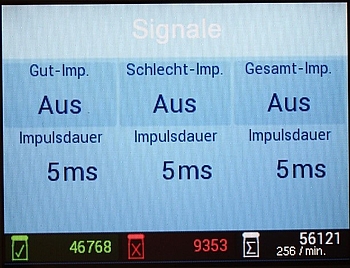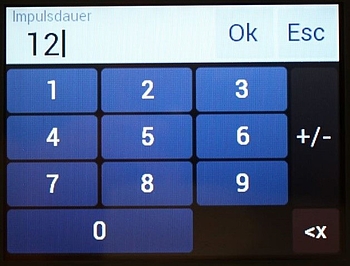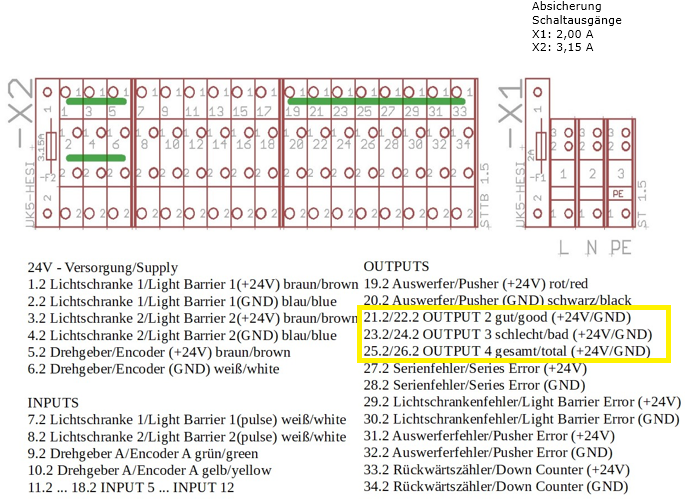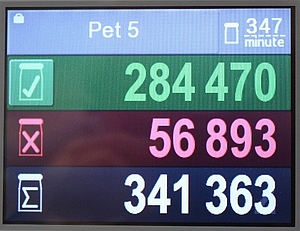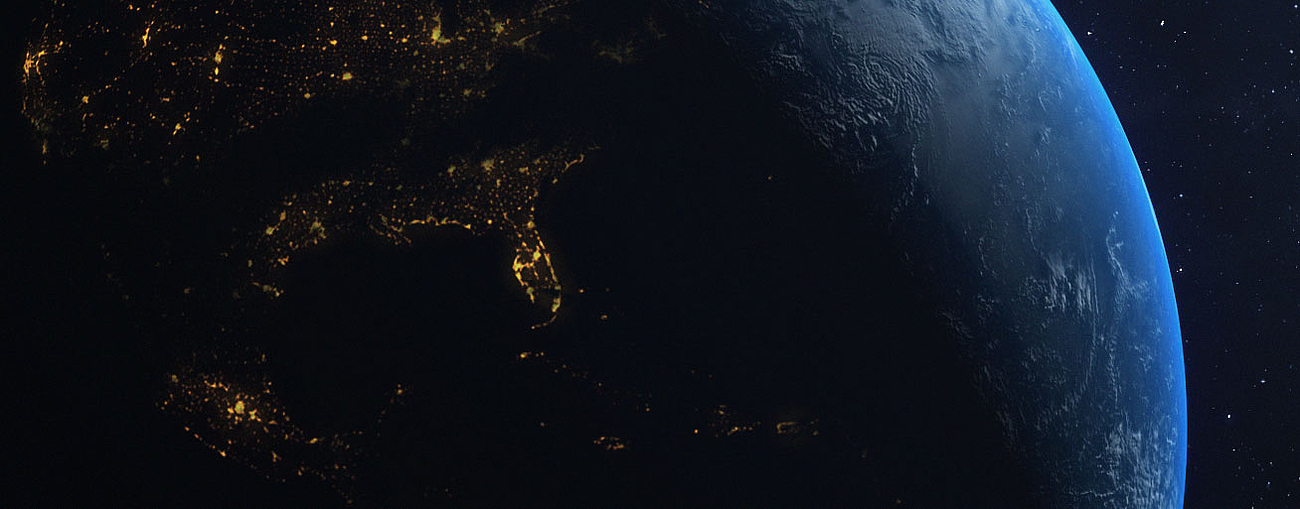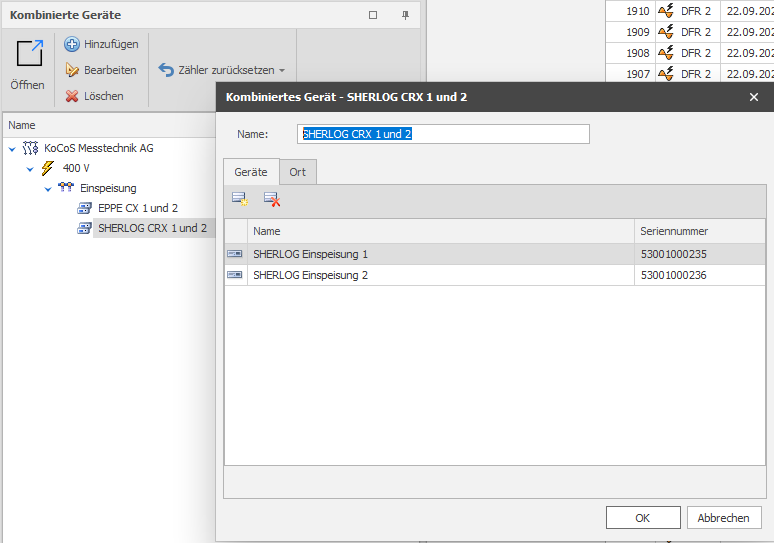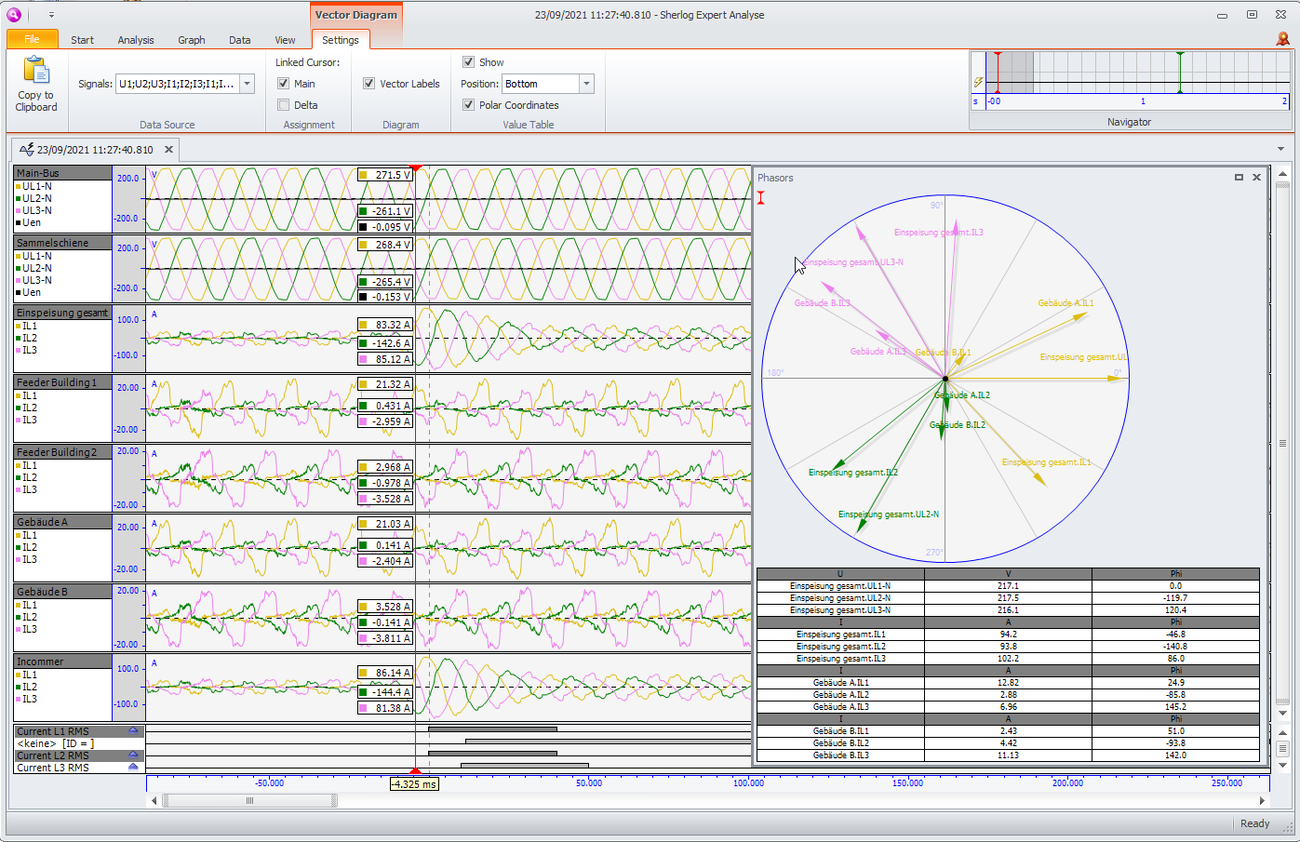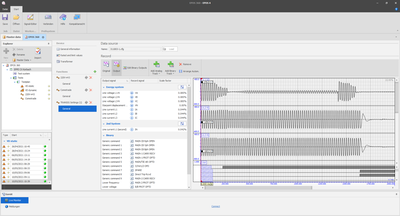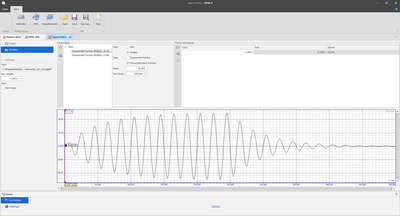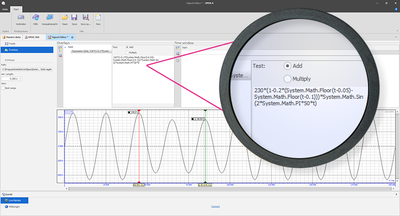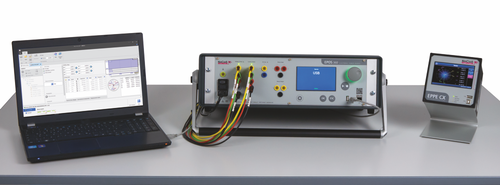Background
Many people use a smartphone with internet access for up to several hours a day. In 2020, the number of smartphones in circulation worldwide was over 8.15 billion [source: statista]. Large amounts of data are in circulation worldwide; on Youtube alone, 400 hours of video material are published every second [source: brandwatch]. The so-called Big Data are exponentially growing amounts of data that can be accessed online and are stored in large server centres. The prerequisite for this is the infrastructure in these server centres, the operation of which is associated with an annually increasing energy consumption.
Google alone receives 3.8 million search queries per minute, according to a study commissioned by Wirtschaftswoche. Facebook members upload about 250,000 pictures every minute and the music service Spotify streams an average of 1.5 million songs every minute.
Energy consumption through internet operation and CO2 emissions
Anyone who makes a search query on Google consumes 0.003 kWh per search query - enough energy to light a 60-watt light bulb for 17 seconds. Each Google user could power a 60-watt light bulb for three hours with their monthly search queries. For the total energy demand, however, the user's internet-capable terminal and internet access would have to be included.
The power consumption of a single search query arises at three different points:
- The power consumption of the internet-enabled terminal.
- The power consumption of the networks such as the mobile radio station and the internet router.
- The electricity consumption of the data centres and data centres with their servers and cooling systems, which in turn consist of air conditioners, fans and recooling.
In 2020, according to the Borderstep Institute, the energy consumption of all server and data centres in Germany was approximately 16 billion kWh. This energy could be used to supply 4.8 million three-person households, with an energy demand of 3,300 kWh/a.
If the internet were a country, it would be the third largest in the world in terms of electricity consumption. Just ahead of India with 1,137 (2020) and after the USA with 3,902 billion kWh (2020). According to current estimates, the operation of the internet currently requires between 1,100 and 1,300 billion kWh/a worldwide.
Currently, the annual energy demand for the use of digital services is less than one percent of the global energy demand (approx. 160,000 billion kWh). According to its own information, the Google Group currently requires 5.7 billion kWh per year, which corresponds to the energy demand of a large American city. According to WDR, 13 per cent of the entire world energy demand will be necessary for internet operation in 2030. Thus, the web, apps and especially the streaming of films and series will soon cause as much CO2 pollution as the entire global air traffic (before Corona), estimates the Borderstep Institute.
The French research project "The Shift-Project" found that the use of online videos alone has CO2 emissions equivalent to the energy needs of Spain in 2018. The climate researchers from France calculated that 23 trees would have to be planted per second to offset the CO2 emissions caused worldwide by Google queries. That would be almost two million trees per day.
Impact of the technology leap to the 5G mobile phone standard
With the technological leap to the mobile phone standard 5G, the energy demand of data centres will increase drastically. This is the conclusion of a study commissioned by E.ON from the University of RWTH Aachen. According to the study, 5G can increase the power demand in data centres by up to 3.8 billion kWh by 2025. That is enough energy to supply the 2.5 million inhabitants of the cities of Cologne, Düsseldorf and Dortmund for a year.
According to the French Shift Project, faster mobile internet access is causing a major shift in usage behaviour. Thanks to 5G, mobile surfing is becoming faster and possibly cheaper at the same time. For example, the average monthly data volume in Germany has already increased a hundredfold from 0.027 to 2.5 gigabytes in the last ten years.
As a general rule, access to the World Wide Web via the mobile network requires significantly more power than via the home cable. Experts even estimate that up to 23 times more energy is needed. The higher the available speed on the road, the lower the need to use the WLAN at home. A vicious energy circle.
Further highlights as a short collection of facts
- If you use a streaming service on your TV for one or two hours a day every year, you use enough electricity to run your fridge for half a year.
- According to the Shift Project, two hours of Netflix in HD quality consume the same amount of energy as an oven.
- According to Stern, a typical email causes an average of one gram of CO2. Since users send an average of 30 emails a day, they could use this energy to light up a 4-watt LED for 15 hours.
- According to Canadian network analytics firm Sandvine, almost half of mobile internet traffic on smartphones worldwide is video streaming (49 per cent). Again, YouTube claims just under half of this category (48 per cent). This makes Google's video subsidiary by far the biggest bandwidth hog, claiming nearly a quarter of all mobile internet traffic (23.5 per cent)."[Michael Kroker]
- The Shift Project has calculated that half an hour of streaming causes about 1.6 kg of CO2. This corresponds to a car journey of 6.28 km. According to this, streaming was responsible for greenhouse gas emissions last year that were as high as those of Spain. It is assumed that this amount will double in the next 6 years.
- 20 Google searches burn an energy-saving light bulb for 1 hour!
- 10 hours of high-definition videos consume more energy than all English Wikipedia articles in text format.
- The cryptocurrency Bitcoin leaves a significant carbon footprint: the electricity used in the creation of Bitcoin is about 46 billion kWh of electricity per year.
- If ten million people watch a film on TV, that triggers only one broadcast. But if ten million people stream a film, that also triggers ten million transmissions, with the corresponding energy demand.
Where to put the heat?
The growth of the streaming industry is increasing the number of data centres. Today, Frankfurt is already the largest internet hub in the world. And each of these data centres has an electricity consumption of a small town. Together they account for 25 percent of the electricity consumption of the city of Frankfurt. The operation of these data centres generates large amounts of heat, which must be compensated for with the help of cooling systems.
According to E.ON, up to 8 billion kWh of waste heat will be available nationwide by 2025. There is great potential here for the sustainable use of this energy. In Germany alone there are more than 53,000 data centres with over 2 million servers. Today, the waste heat from data centres is not yet used consistently. Only 19 percent of the world's data centres reuse parts of their waste heat.
This waste heat is valuable energy. Almost half of the electrical energy used is converted into heat. In the future, data centres can be used to supply heat to housing estates and entire city districts.
According to WDR, another idea comes from Dresden. The servers of a data centre do not have to be located in one place, but can also be operated in a distributed manner. In apartment buildings, for example, servers could be located in the basement and their waste heat used for heating and hot water.
Small cause, big effect
When it comes to environmental and climate protection, even many small things can have a big effect. Many things start with a change in behaviour. Can we perhaps unsubscribe from newsletters that we no longer read? Do you really need to stream the series online "in between" or would you rather relax at home on the sofa in the WLAN? Do all files really have to be stored in a cloud or is the local hard drive sufficient? Should old mails be deleted from the mailbox memory?
In an experiment in 2019, the TV knowledge magazine Galileo asked users of an email service to delete as many emails as possible within one hour. The more than 27,000 participants in the action deleted a total of more than 300,000 mails - an average of eleven - emptied the wastebaskets and thus freed up 50 gigabytes of hard disk capacity on the servers: According to estimates by the data centre, a saving of an estimated 1.7 kilogrammes of CO2. If every user in Germany deleted 11 mails a day, 91,000 t CO2/annum would be saved. That would be the energy consumption of about 125,000 people.
